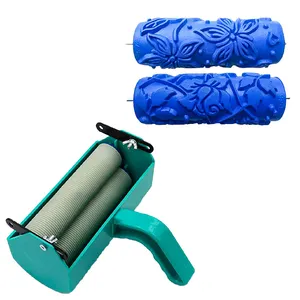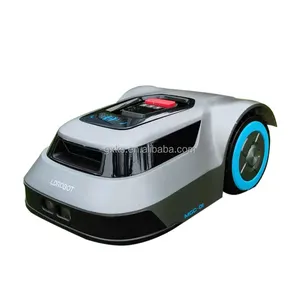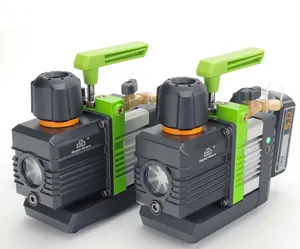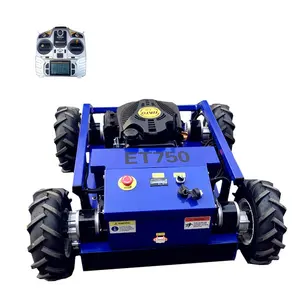Popular in your industry




























































Related Searches:


























































































































Top categories
About chipping hammer types
Understanding Chipping Hammer Types
Chipping hammers are specialized tools designed for various construction and demolition tasks. These hammers are engineered to deliver precise blows to break or chip away at materials like concrete, stone, and metal. The category of chipping hammer types encompasses a range of models, each suited to specific applications and materials.
Features and Applications of Chipping Hammers
The versatility of chipping hammers is evident in their multiple modes of operation. Typically, these tools offer modes for drilling, piercing, and chiseling, allowing users to switch between tasks with ease. For instance, a cordless hammer drill is perfect for jobs requiring mobility without sacrificing power. On the other hand, a demolition hammer is tailored for heavy-duty tasks such as breaking through rock or concrete. For more delicate operations, such as automotive repairs or machine assembly, a double-sided head hammer with a fiberglass handle is often used to deliver controlled blows without causing sparks or damage.
Types of Chipping Hammers and Their Construction
The construction of chipping hammers is as varied as their types. A hammer drill for concrete is typically robust, designed to withstand the rigors of piercing through hard materials. In contrast, a rotary hammer is a more suitable option for drilling into materials other than concrete, offering ease of use for repetitive hole drilling activities. The materials used in these hammers, such as high-grade steel or durable composites, ensure longevity and sustained performance.
Advantages of Different Chipping Hammer Types
Each type of chipping hammer brings its own set of advantages. For example, the framing hammer is an excellent tool for precision work, such as framing artwork or documents, where the risk of damaging delicate surfaces is minimized. The design of these hammers often includes features to protect the surface being worked on, such as anti-vibration properties and specialized grips for better control.
Selecting the Right Chipping Hammer
Selecting the right chipping hammer types depends on the specific requirements of the job at hand. Factors to consider include the material to be chipped or demolished, the precision required, and the working environment. For instance, a cordless model may be preferred for tasks in confined spaces or where power outlets are not readily available.
Maintenance and Care for Chipping Hammers
Proper maintenance is crucial for ensuring the longevity and safety of chipping hammers. Regular cleaning, inspection for wear and tear, and proper storage are all essential practices. Users should also be aware of the specific care instructions for each type of hammer, as maintenance can vary depending on the materials and construction of the tool.

























































